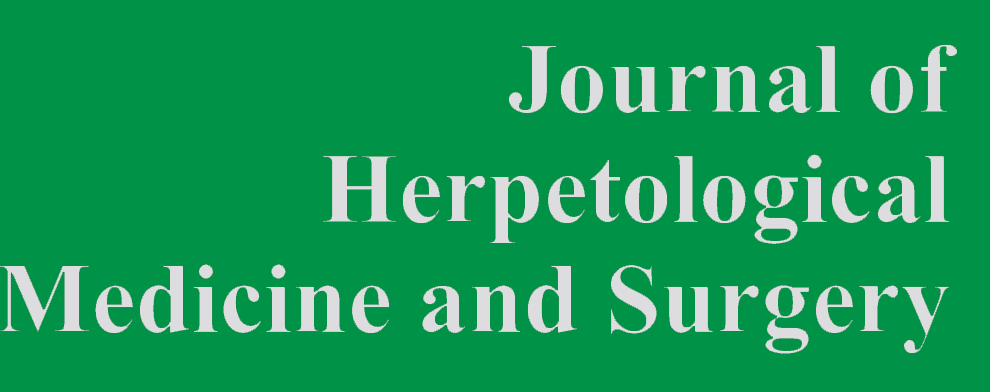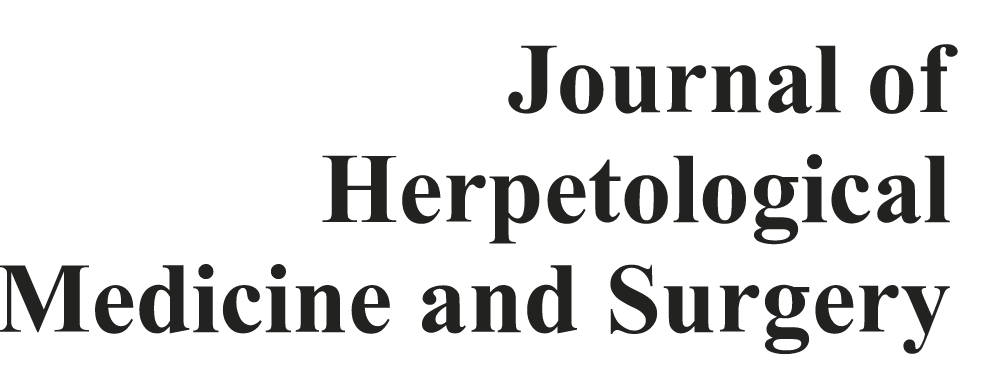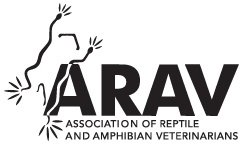Laryngeal Paralysis in a Loggerhead Sea Turtle (Caretta caretta)
A cold-stunned, sub-adult, female loggerhead sea turtle (Caretta caretta) was found stranded in December 2012 on Cape Cod, Massachusetts. The turtle was treated routinely; however, she did not gain weight as expected during rehabilitation. Eleven weeks after stranding, staff noticed stertorous upper airway sounds. Oral examination revealed a unilateral laryngeal paralysis-like condition resulting in partial airway obstruction. Magnetic resonance imaging and electromyography showed abnormalities of the abductor arytenoideae muscle. Muscle and hepatic biopsies were collected for histologic and toxicologic assessment to seek an underlying cause of the disorder. The turtle did not recover from anesthesia, and necropsy revealed a large amount of hemorrhage from the liver biopsy site. Unilateral myofiber atrophy of the abductor arytenoideae muscle was the predominant histological finding.Abstract

Right laryngeal paralysis in a loggerhead sea turtle; right anteroposterior oblique view. The turtle is inspiring. The left arytenoid (LA) is well abducted while the right arytenoid (RA) remains on mid-line. T = tongue; R = rhamphotheca.

Right parasagittal T2-weighted spin echo magnetic resonance image of the head of a loggerhead sea turtle with laryngeal paralysis. There is focal hyperintensity of the abductor arytenoideae (arrow).

Axial T1-weighted spin echo magnetic resonance image of the head of a loggerhead sea turtle with laryngeal paralysis (prior to administration of contrast agent). No abnormalities are noted. T = trachea.

Axial T1-weighted spin echo magnetic resonance image of the head of a loggerhead sea turtle with laryngeal paralysis (after administration of contrast agent). There is contrast enhancement (predominantly peripheral enhancement) of the right abductor arytenoideae (arrow). T = trachea.

Histology of the left (L) and right (R) abductor arytenoideae muscles. Individual and groups of myofibers within a section from the right muscle are shrunken and stain intensively (black arrowheads), which is suggestive of atrophy and compression by surrounding unaffected muscle. The section from the left muscle is unremarkable. Hematoxylin and eosin. Scale bar = 50 μm.



